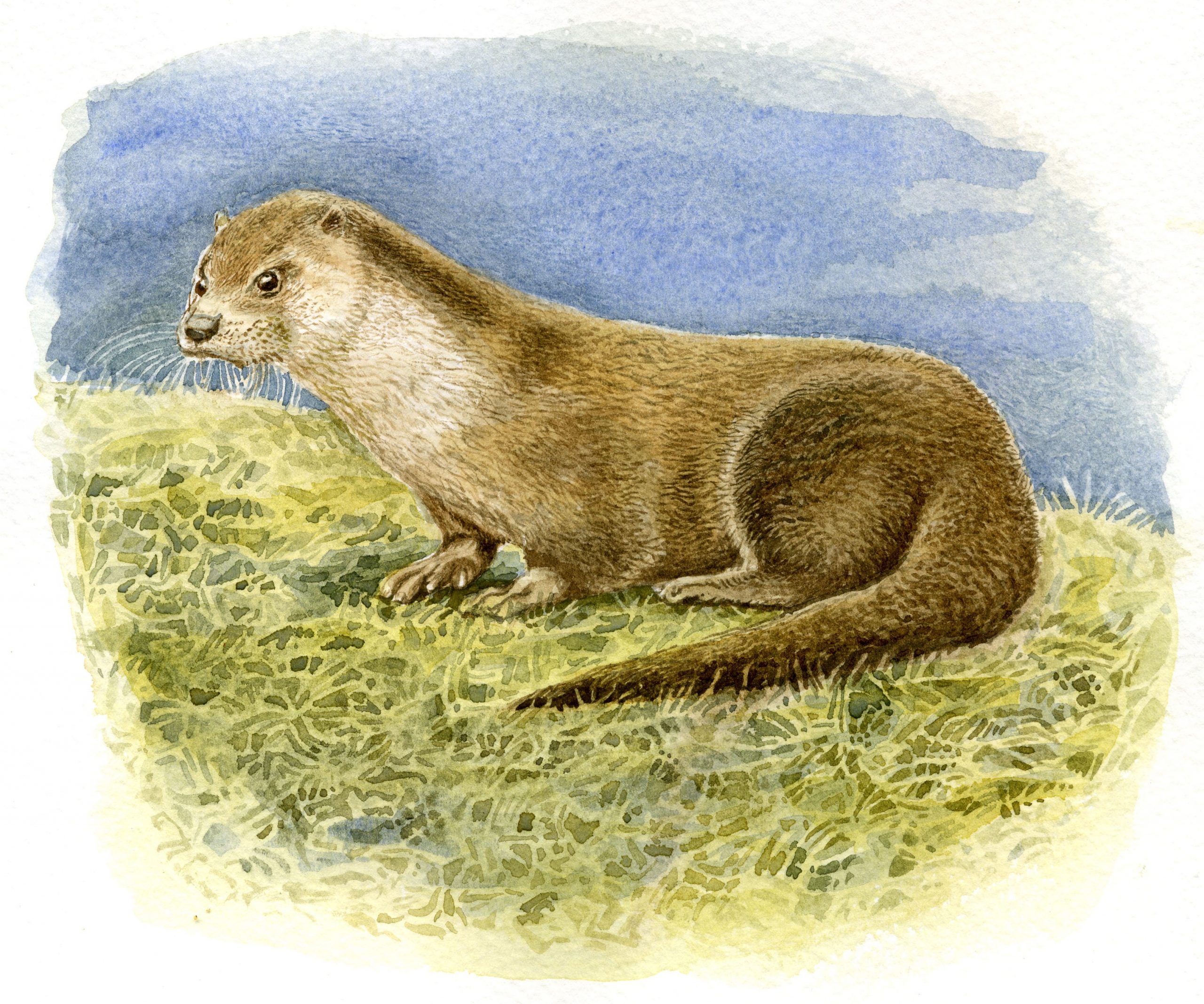Just by the Carrington Bridge, two rivers join. The rivers, and their regular flooding, makes the local ecology extremely significant. The rivers have also been important for hundreds of years for work, industry and transportation.
River Teme
The River Teme, much loved, is one of the best sandstone and mudstone rivers in Britain. Rising in the Welsh hills it flows through Knighton, Ludlow and Tenbury Wells before joining the River Severn in Worcester.
Variations in geology and flow create an environment that supports a diverse range of plants, fish, insects and mammals. It is so special that the whole river and its banks are legally protected as a Site of Special Scientific Interest (SSSI).
Many species including salmon, the increasingly rare twaite shad, otter, native crayfish, river lamprey, bullhead and freshwater pearl mussel as well as a large variety of aquatic plants, specialist beetles and breeding birds are found on the Teme. There is a major project to help re-establish the twaite shad on local rivers, and you can read more on the Unlocking The Severn website.

An interview with Frank Gunnell
In 1958, Frank Gunnell was interviewed about living around Powick all his life and the lengths he’d gone to avoid flooding from the River Teme.
River Severn
This is the longest river in Britain, meandering 210 miles from Plynlimon in the Cambrian mountains, Wales, to Bristol. It has been an important part of Worcestershire’s landscape for many years by providing a route for transport (being navigable along much of its length), power for industry and important resources for people to live off and trade.
It is also an important river for wildlife, especially with the decline in pollution over recent years seeing a welcome return for a number of species (such as otter) along the river’s reaches.
The name is said to come from Sabrina, the mythical river goddess.

Otter, by Ian Gibson
